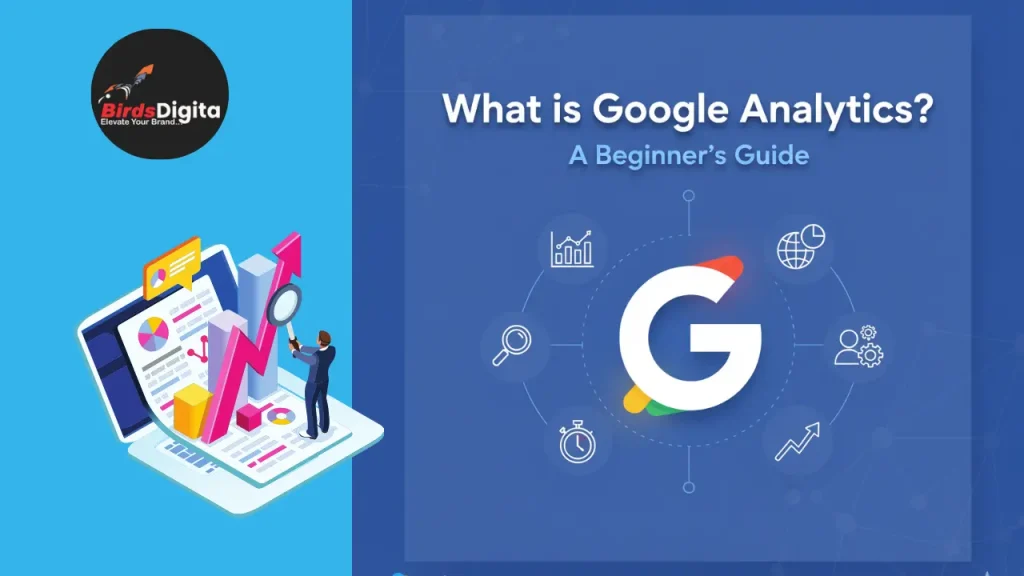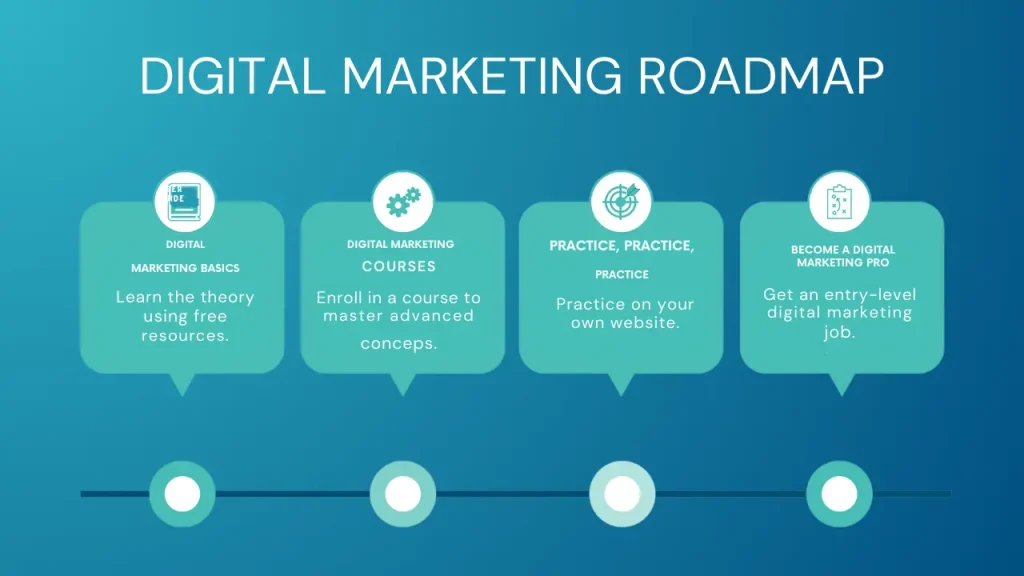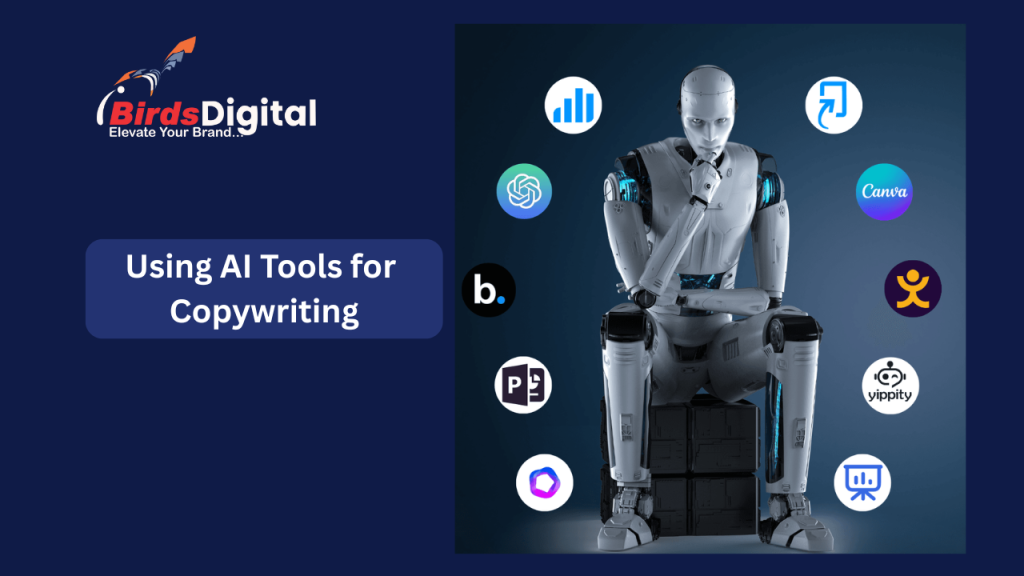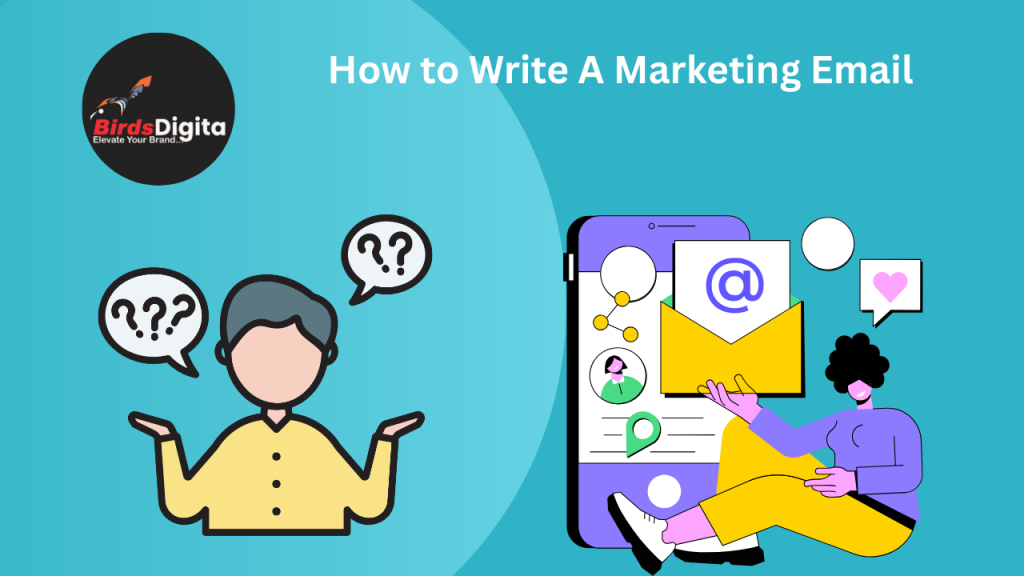iBirds Digital – Artificial Intelligence has become an important part of the digital ecosystem, and one of its most visible applications lies in the field of copywriting. Businesses, agencies, and individual marketers are adopting AI writing tools to manage different aspects of content creation. These platforms help with research, planning, drafting, editing, and performance analysis, making them highly relevant for companies that depend on regular content production. Instead of replacing human creativity, AI tools provide a supportive layer that simplifies repetitive tasks and increases overall efficiency.
The adoption of AI in copywriting is driven by the growing demand for faster workflows and consistent messaging across multiple channels. As organizations focus on scaling their digital presence, the use of AI software allows them to reduce the time spent on routine activities such as summarizing documents, generating draft blogs, or refining grammar. With this approach, copywriters and marketers can focus more on strategic and creative tasks that add real value to communication.
Understanding AI Copywriting Tools
AI copywriting tools are built on advanced language models trained to generate human-like text. They function by processing prompts and producing sentences or paragraphs that align with the given instructions. For marketers, these tools serve as assistants that can create first drafts, rephrase content, suggest variations, or summarize lengthy material. The output often requires human refinement, but the time saved in the initial stages makes them highly effective for modern businesses.
A common misconception is that AI will make copywriting roles redundant. In reality, these tools are designed to complement human work rather than replace it. They remove the burden of mechanical writing tasks and allow professionals to concentrate on originality, storytelling, and brand positioning. The key lies in striking the right balance between automation and human oversight so that the final result maintains both efficiency and authenticity.
Key AI Tools for Copywriting
Among the most widely used AI writing platforms is ChatGPT, developed by OpenAI. Its latest version, GPT-4o, is a multi-modal model that integrates text, audio, and visual processing. It allows users to generate drafts, upload files for analysis, and even access real-time web information. This versatility makes it suitable for writers who need quick assistance across diverse formats.
Google Gemini is another popular platform that offers several unique features. Unlike many alternatives, Gemini provides multiple drafts for every response, enabling writers to choose from different options without re-prompting. It also includes a fact-checking mechanism that cross-verifies responses with search results, reducing the chances of inaccuracies. This makes it especially valuable for research-heavy projects.
Claude, developed by Anthropic, is recognized for its conversational style and less formal tone. Many copywriters prefer it for generating first drafts or summarizing uploaded documents. Its development is also guided by a set of ethical principles, ensuring that the content produced aligns with values such as fairness and privacy.
Microsoft Copilot, integrated into Microsoft 365 tools, is designed as a broader AI assistant but also supports copywriting tasks. It offers different modes such as Balanced, Creative, and Precise, which can be selected depending on the nature of the content. Its integration with applications like Word and Outlook makes it useful for professionals working within business ecosystems.
How AI Supports the Writing Process
AI copywriting tools contribute at multiple stages of content creation. In the research phase, they can quickly summarize documents, explain technical terms, and provide simplified versions of complex ideas. This is particularly useful for writers working across different industries who need to grasp new subjects in limited time. Although these outputs must always be fact-checked, the efficiency they provide cannot be ignored.
When it comes to idea generation, AI tools act as brainstorming partners. Writers who face creative blocks can rely on AI to propose alternative phrases, suggest headlines, or draft outlines. These suggestions may not always be polished, but they provide fresh directions and remove the pressure of a blank page.
In the drafting stage, AI excels by producing structured paragraphs that can be used as a base for further development. One effective method is the AI Sandwich Model, where human input guides the initial idea, the AI tool generates the first draft, and the human writer edits and improves it. This ensures that efficiency is achieved without compromising originality.
Editing and reviewing is another area where AI provides significant support. Writers can input their drafts into AI platforms and request suggestions for improving clarity, tone, or grammar. The feedback allows for quick refinements and ensures that the final version meets professional standards. This collaborative approach saves time while maintaining quality.
Advantages of Using AI in Copywriting
The integration of AI into copywriting workflows brings several advantages. The most obvious benefit is time efficiency. Tasks that once required hours, such as summarizing a research report or drafting a blog outline, can now be completed within minutes. This helps businesses maintain consistency in output without overloading their teams.
AI tools also enhance content consistency. For organizations managing multiple communication channels, maintaining a uniform style and tone is critical. AI software can ensure that the structure, phrasing, and readability align with brand guidelines.
Scalability is another advantage. As businesses expand their content needs, AI tools make it possible to handle higher volumes without requiring proportional increases in manpower. Smaller companies that lack large content teams can particularly benefit from this capability.
Accessibility is equally important. AI platforms provide assistance to non-expert users, enabling small businesses or individuals with limited writing skills to produce professional-quality content. Multilingual support also ensures that content can be generated for diverse markets, enhancing reach and engagement.
Challenges and Considerations
Despite these benefits, there are challenges associated with AI-assisted copywriting. Accuracy remains a concern, as AI models can produce information that appears correct but lacks factual reliability. Writers must verify all outputs to ensure credibility.
Another limitation is the gap in creativity. While AI can mimic human language patterns, it cannot fully replicate cultural understanding or unique brand voices. Over-reliance on automated outputs may lead to generic content that fails to connect with audiences.
Data privacy is another critical issue. Organizations must be cautious when inputting sensitive information into external AI platforms. Choosing tools that prioritize secure data handling and compliance with regulations is essential for maintaining trust.
Finally, dependence on AI may reduce critical thinking skills. Writers must ensure that they continue to apply their judgment, originality, and expertise, using AI as a supplement rather than a replacement.
Applications in Digital Marketing
AI copywriting tools are widely applied across digital marketing functions. In content marketing, they are used to draft blogs, articles, and product descriptions. In email campaigns, they assist with subject lines, personalized messaging, and formatting. For social media, they provide captions, hashtags, and short updates tailored to specific platforms.
In the field of SEO, AI tools help generate keyword-rich titles, meta descriptions, and optimized paragraphs. They can analyze large sets of data to suggest terms that improve search engine visibility. This not only increases reach but also ensures that content aligns with audience queries.
For businesses operating across multiple sectors, AI tools bring flexibility. Whether it is creating technical reports for manufacturing, promotional material for retail, or financial summaries for services, AI software adapts to different requirements with ease. This adaptability makes it a practical addition to digital strategies.
The Future of AI in Copywriting
The evolution of AI suggests that its role in copywriting will continue to expand. Future developments are likely to include deeper integration with customer relationship management systems, predictive analytics, and voice-driven drafting. Features such as real-time collaboration and more advanced personalization will make AI tools even more effective.
However, the need for human oversight will remain unchanged. Ethical considerations, originality, and cultural sensitivity require human judgment. Businesses that combine AI efficiency with human creativity will be best positioned to achieve impactful communication.
Conclusion
AI copywriting tools represent an important shift in the way businesses approach content creation. By handling tasks such as research, drafting, and editing, these tools allow marketers and writers to focus on creativity and strategy. Their effectiveness lies not in replacing human input but in supporting it, creating a balanced approach where efficiency and originality go hand in hand.
As organizations continue to embrace digital transformation, the use of AI in copywriting will become increasingly common. For businesses, the challenge is not whether to adopt these tools but how to integrate them responsibly. By understanding their strengths and limitations, companies can use AI to enhance productivity while ensuring content remains accurate, authentic, and aligned with brand values.
Frequently Asked Questions on AI Tools for Copywriting
Q1. What are AI copywriting tools?
AI copywriting tools are software applications powered by artificial intelligence that assist in writing tasks such as drafting, editing, summarizing, and rephrasing. They process input prompts and generate human-like text, helping businesses save time while maintaining content quality.
Q2. Do AI tools replace human copywriters?
No, AI tools do not replace human copywriters. They are designed to support writers by handling repetitive and mechanical tasks. Human creativity, originality, and cultural understanding are still essential for producing meaningful and brand-specific content.
Q3. How can businesses use AI for content creation?
Businesses can use AI to generate blog drafts, email subject lines, product descriptions, and social media captions. AI can also help with SEO optimization by suggesting keywords, writing meta descriptions, and creating content tailored to user queries.
Q4. Are AI-generated texts always accurate?
AI-generated texts are not always factually accurate. While they are useful for generating drafts and summaries, writers should verify the information for correctness before publishing. Human review remains essential to maintain reliability and trustworthiness.
Q5. Is it safe to use AI copywriting tools with business data?
The safety of using AI tools depends on the platform’s data handling policies. Businesses should choose tools that prioritize data privacy, encryption, and compliance with regulations. Sensitive or confidential data should not be shared on unsecured AI platforms.
Q6. What industries can benefit from AI copywriting?
AI copywriting tools can benefit industries such as retail, manufacturing, services, education, and finance. They provide flexibility by adapting to different content needs, whether technical reports, promotional materials, or customer communications.
Q7. How do AI tools help with SEO?
AI tools assist with SEO by generating optimized titles, keyword-focused paragraphs, and meta descriptions. They analyze keyword trends and help businesses create content that aligns with search engine requirements, improving visibility and reach.
Q8. What are the limitations of AI copywriting tools?
The main limitations include occasional inaccuracies, lack of cultural nuance, and limited creativity compared to human writers. Over-reliance on AI can lead to generic content, which is why combining AI efficiency with human oversight is important.
Q9. Can AI copywriting tools be customized for brand voice?
Many AI tools allow adjustments in tone and style, but complete customization of brand voice requires human involvement. Writers can refine AI outputs to ensure that the content matches brand identity and communication goals.Q10. What is the future of AI in copywriting?
The future of AI in copywriting includes deeper integration with business tools, real-time collaboration, predictive analytics, and enhanced personalization. However, human creativity and ethical judgment will continue to play a critical role in ensuring originality and cultural relevance.








